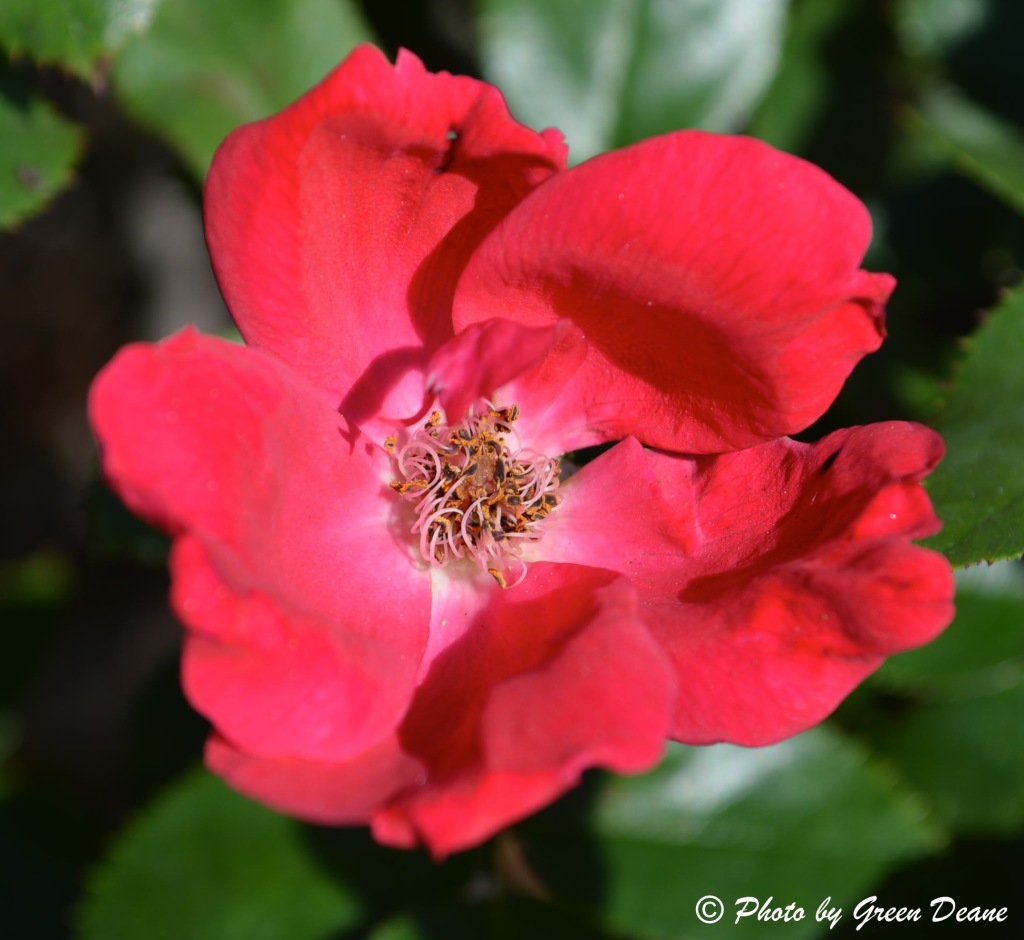

A good use for this plant is stuffing that trout you just caught and are cooking over the fire.Įvery book on wild foods warns us not to consume too much oxalis acid, but that’s to keep the accursed lawyers happy. This is particularly true if any form of calcium is used - milk for example - or included in other food. Watch their consumption.Ĭooking plants with oxalic acid reportedly renders them harmless, and that’s what has been done with other plants containing oxalic acid, such as docks and sheep sorrel, both Rumex and in the buckwheat family. (Yes, you would have to consume it like a force-fed lab rat for months, but it can happen.) Kids can eat too much as they do green apples and get a tummy ache from it. A little is good, but a lot when eaten uncooked, to excess, can leach some calcium out of your bones.

Their tangy flavor is both positive and negative. They are refreshing to nibble on, are nice additions to salads, and can be made into an ade. Oxalises can grow individually or in colonies, and if you have one there will be colonies. Articulata (ah-tic-you-LAH-ta) is jointed, Corniculata means, creeping, much branched like a mat, debilis is weak, Latifolia means broad leaved, Macrantha large flowered, Violacea (vye-o-LAY-see-uh) like a violet, Triangularis, triangle shaped, and Tuberosa (too-ber-ROW-sa) means tuber. Oxalis is from the Greek though the accent is on the end: ox-al-IS, base word (Οξύς, pungent) The Oxalis is mildly tangy because of …oxalic acid… now there’s a surprise. Sorrel is from the High German word “sur” meaning sour. Oxalis roots are popular as a vegetable in New Zealand
#Edible pink rose diagram manual
violacea occasionally has, in the words of Merritt Fernald, author of Gray’s Manual of Botany, “an icicle-like water-storage organ or fleshy root.” In other parts of the world, Oxalis tuberosa is popular not only as a green but as a root vegetable. Above ground it tastes much like rhubarb but not as tart. All parts are edible including the root bulb, which is succulent and can be sweet. debilis was corymbosa. The rare ones are O. articulata, corniculata, debilis, latifolia, macrantha, triangularis and violacea. Here in Florida our several versions keep changing names: O. It grew profusely there and was the fort’s “food supply.” We used to play on a small island in a small brook in the Maine woods. A childhood friend of mine named Peter Jewett called it “sour grass” a common name for it.

Sorrel is the first wild plant I saw someone other than my mother or grandmother nibble on. If it isn’t, it’s not a weed: It’s dinner. As long as it’s growing where I want it to grow there’s no issue.

To me an Oxalis in my garden is food I didn’t have to plant. It’s kind of like they are for controlled green but not natural green. Once an Oxalis gets a roothold in a garden, it’s there forever, which brings up a touchy point: Gardeners who complain the most about weeds are also usually the last group to consider eating the weeds. When you have a family of plants that’s 850-strong, and folks don’t know enough to eat them, you also get the other view: That the Oxalis is not a delicate, pretty little greenerific morsel but a pernicious ugly weed that uses up your water, fertilizer and garden space.


 0 kommentar(er)
0 kommentar(er)
